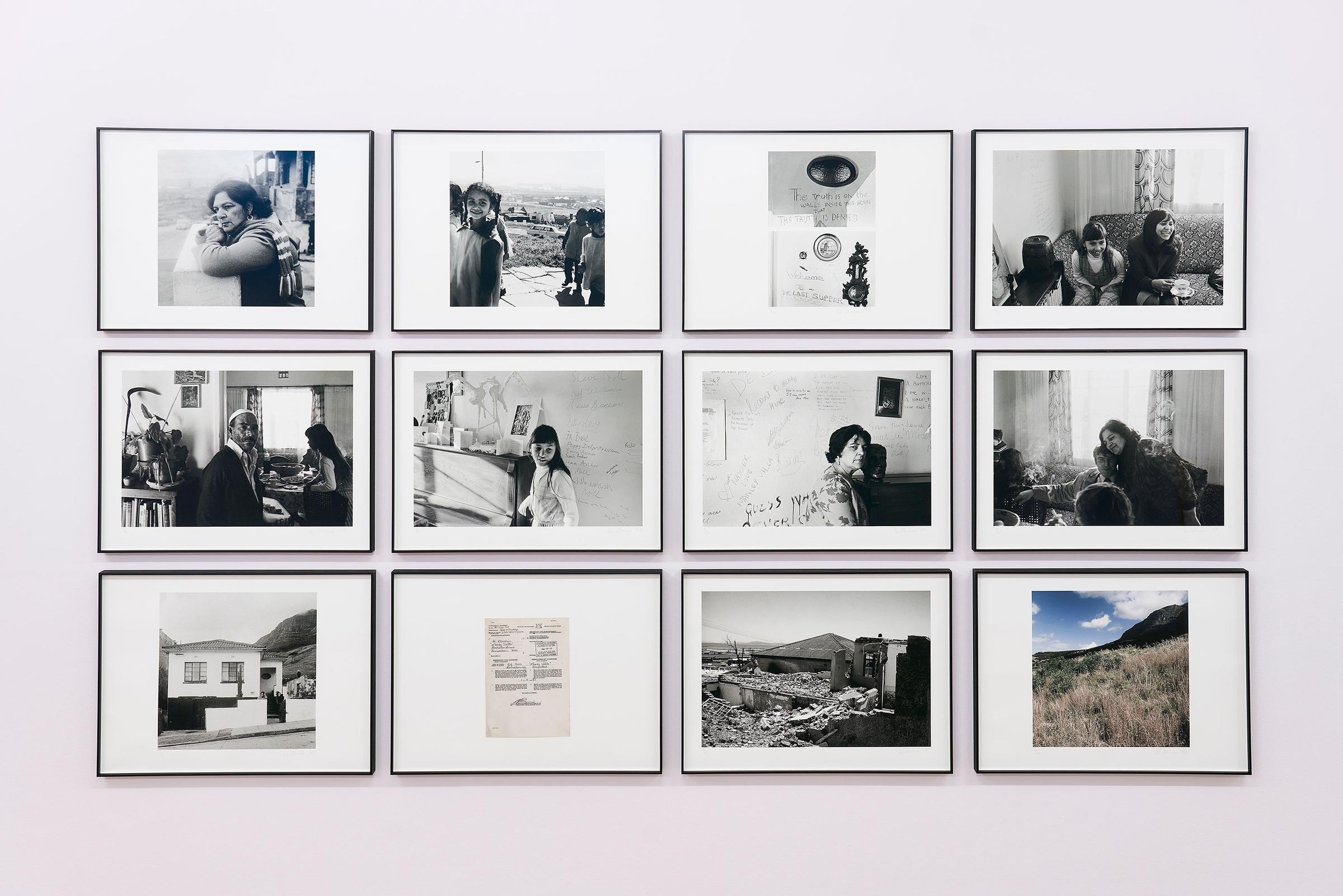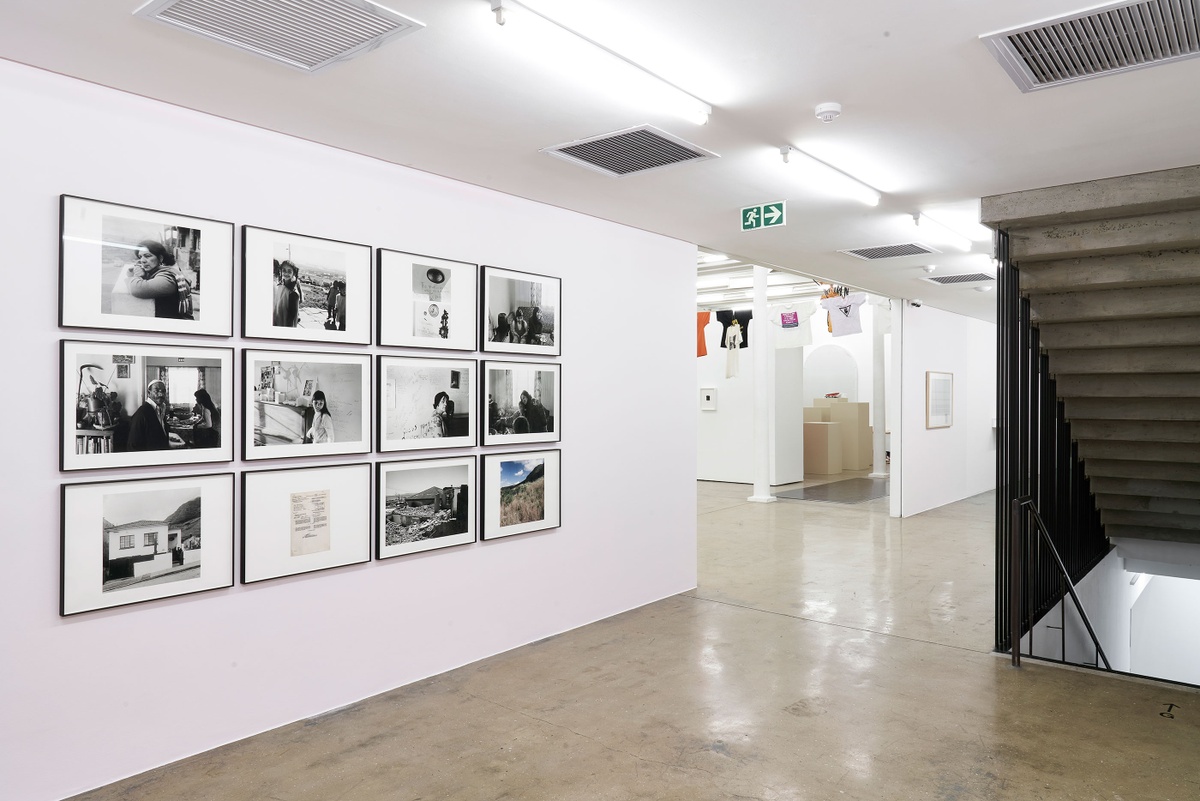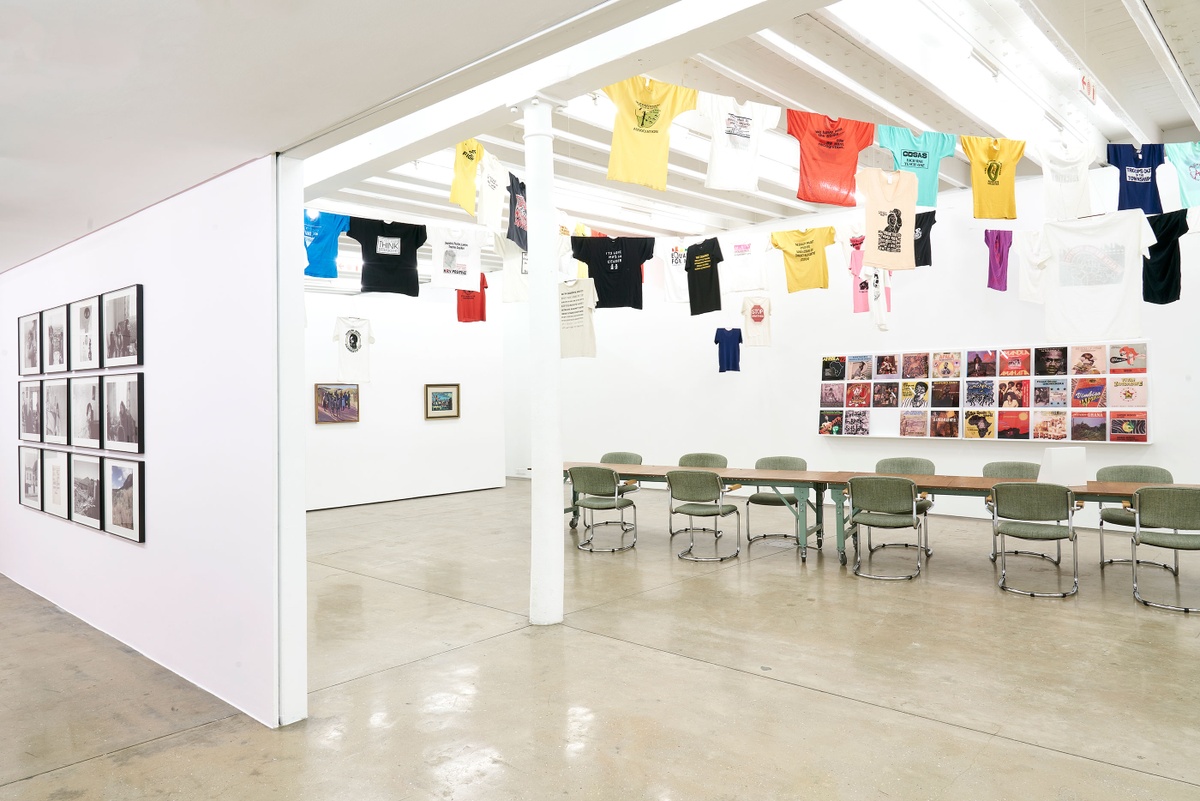Sue Williamson

The Last Supper at Manley Villa documents a family’s final days in a house marked for demolition. In 1981, Manley Villa, home to Naz and Hari Ebrahim, was one of the few houses left standing in District Six, Cape Town. Declared a whites-only suburb under the Group Areas Act, the many families of colour who lived in the District were forcibly removed to far-flung, segregated suburbs. Naz had begun writing on the walls shortly after receiving the eviction notice and encouraged visiting friends to contribute messages. In its final weeks, Manley Villa became a site of remembrance and resistance. “The truth is on the walls inside this house,” one handwritten sentence reads. “The truth that is denied.” Before their home was taken from them, the Ebrahims gathered to celebrate Eid, sharing a last supper. Williamson remained to watch the bulldozers advance, recording the rubble left in their wake. In 2008, she returned to the site and photographed the place where the house once stood, now an empty lot. Together, these collected images stand as testimony, working against history’s erasure that Manley Villa might be remembered.
b.1941, Lichfield
In word, object and image, Sue Williamson gives to South Africa’s recent past a material reflection. Her commitment to historical verity is apparent in all her work, as is her archival inclination for accumulation. Trained as a printmaker and journalist – two disciplines that necessitate exactitude – there is to Williamson’s work a formal and conceptual rigour. Her early career in reportage has proved a lasting influence on her extended practice, instilling her preoccupation, the artist suggests, with “people’s exact words and precise narratives.” Williamson remains largely unconcerned with history’s overview, revisiting instead the stories of individual lives left untold. Using first- and second-hand accounts, found objects, photography and text, she returns to the nation’s history a more human expression.


